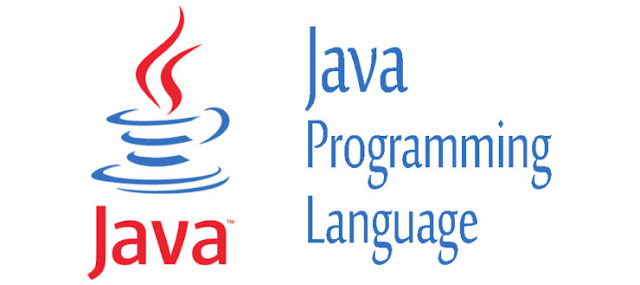Encapsulation
Recall that an object is above all discrete, or self-contained. This characteristic is the principle of encapsulation at work. Hiding is another term that is sometimes used to express the self-contained, protected nature of objects.Regardless of terminology, what's important is that the object maintains a boundary between its state and behavior and the outside world. Like objects in the real world, objects used in computer programming have various types of relationships with different categories of objects in the applications that use them.
On the Java platform, you can use access modifiers (which I introduce later in the tutorial) to vary the nature of object relationships from public to private. Public access is wide open, whereas private access means the object's attributes are accessible only within the object itself.
The public/private boundary enforces the object-oriented principle of encapsulation. On the Java platform, you can vary the strength of that boundary on an object-by-object basis, depending on a system of trust. Encapsulation is a powerful feature of the Java language.
Inheritance
In structured programming, it's common to copy a structure, give it a new name, and add or modify the attributes that make the new entity (such as anAccount record) different from its original source. Over time, this
approach generates a great deal of duplicated code, which can create maintenance
issues. OOP introduces the concept of inheritance, whereby specialized classes — without additional code — can "copy" the attributes and behavior of the source classes that they specialize. If some of those attributes or behaviors need to change, you override them. The only source code you change is the code needed for creating specialized classes. As you know from the "Object-oriented programming concepts" section, the source object is called the parent, and the new specialization is called the child.
Inheritance at work
Suppose you are writing a human-resources application and want to use thePerson class as the basis (called the super class) for a
new class called Employee. Being the child of Person,
Employee would have all of the attributes of a Person
class, along with additional ones, such as: - Taxpayer identification number
- Employee number
- Salary
Employee class without
needing to copy all of the Person code manually. You'll see plenty of examples of inheritance in Java programming later in the tutorial, especially in Part 2.
Polymorphism
Polymorphism is a harder concept to grasp than encapsulation and inheritance. In essence, it means that objects that belong to the same branch of a hierarchy, when sent the same message (that is, when told to do the same thing), can manifest that behavior differently.To understand how polymorphism applies to a business-application context, return to the
Person example. Remember telling Person to format its
attributes into a String? Polymorphism makes it possible for
Person to represent its attributes in a variety of ways depending
on the type of Person it is. Polymorphism is one of the more complex concepts you'll encounter in OOP on the Java platform and is beyond the scope of an introductory tutorial.










Thanks fr sharing this Post.Its very amazing
ReplyDeleteweb design agency uk
web design agency uk
web design agency uk
web design agency uk
web design agency uk